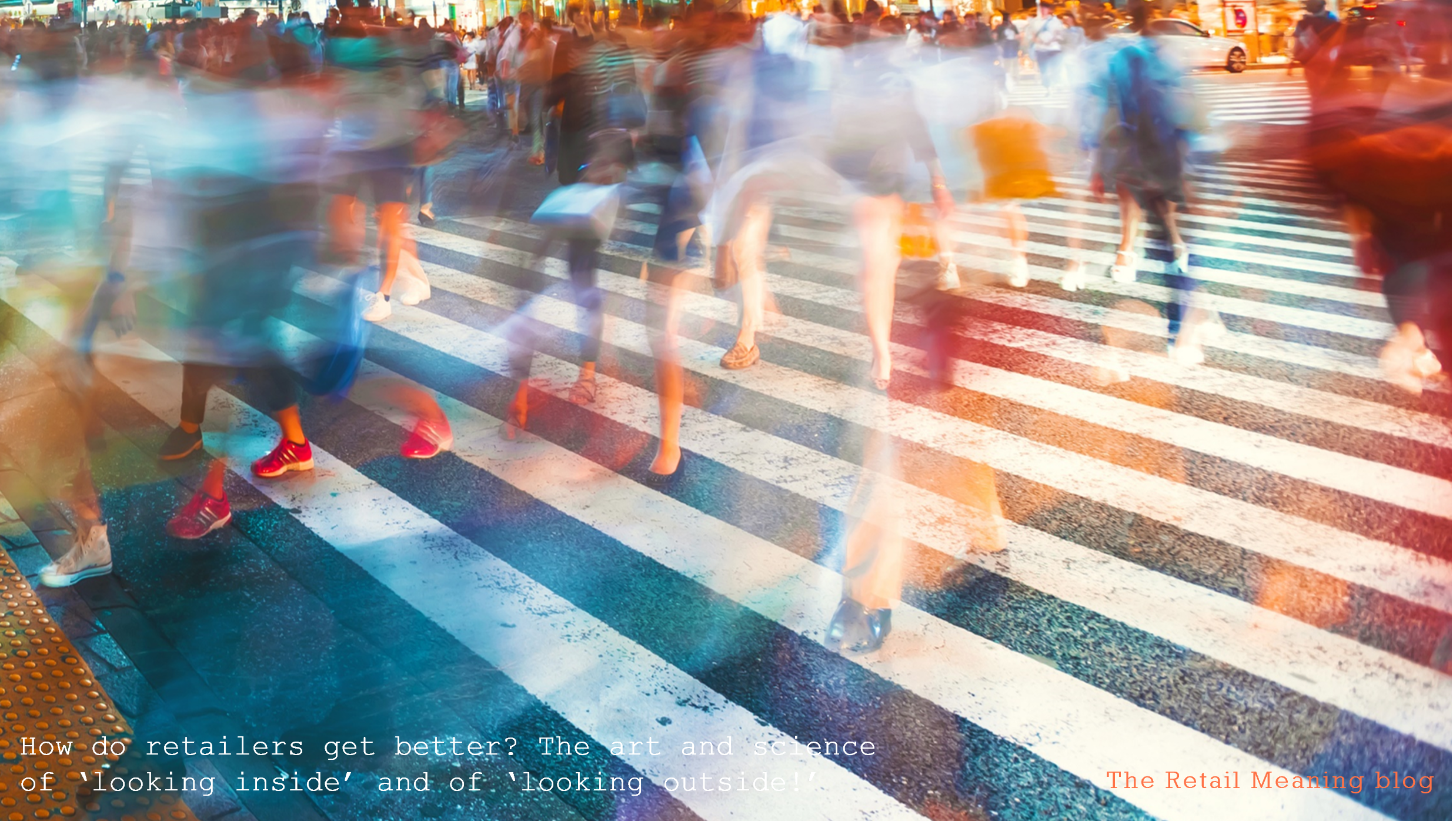When we look at what we do, as commercially viable and successful retailers, there is no great mystery. The functions that we must address largely span developing a product assortment, building a supply chain, developing shops, e-commerce, and routes to market, manning everything from head office to stores with competent and loyal employees, and then wrapping everything up in a customer facing brand of experiences and social engagement.
There was a time when simply developing these functions to any competent level would guarantee success and a healthy balance sheet. However, the fact that we all now operate in saturated markets, where supply generally outstrips demand, and where competition is intense, means that we must be exceptional across everything we do.
To attract and keep customers we need to be essential to them. And to do that we need to be both reliable, convenient, and good value, as well as creating an emotional relationship. A bond of trust, of care; empathetic and inspirational.
In the building of our retail businesses, we must therefore address both functionality and emotions.
I call these successful retailers – ‘Personal Destination Retailers.’ They are essential destinations because they can be trusted to provide what the customer needs, and they are personal in the ways that they engage with them. They never allow the customer to fail, and they ensure that every single one succeeds beyond their expectations.
So, how do we become ‘Personal Destination Retailers?’ How can we get better and develop competitive advantage when we are all doing the same things?
The fact is, that the devil is still very much in the detail of what we do. And to improve those details, to make them commercial and best practice we need to ‘look inside’ and we need to ‘look outside.’
Looking inside involves scrutinising everything we do, analysing and computing the essential data of our daily industry. Do we really know what products perform, how quickly they sell, how much better they could sell? Do we constantly analyse the impact of availability, visibility, marketing, promotions, face-to-face service, and social communication.
Looking inside also involves the softer and more human skills of stimulating and gathering feedback, ratings, suggestions, and ideas. Harnessing the knowledge of our employees, collaborators, and above all, of our essential customers, and those colleagues who have the most in-depth understanding of their shopping preferences & journeys.
However, the dangers of only looking inside, are that we become isolated, knowing more and more about less and less as we live our lives through percentage point changes. We do not live or operate in vacuums. People are our lifeblood and essential to our success – customers, communities, and competitors.
It is essential that we watch monitor and celebrate our competitors. Celebrate our most successful competitors, our worst nightmares, because commercial success does not happen by accident. We can learn so much.
Best practice is evident all around us. We must widen our curiosity to different sectors, and industries. Assortment structures, shop layouts, visual displays, services, staffing, calendar planning, social channels, promotions, messages, events, and collaborations can all the captured, benchmarked, assessed, adapted, and adopted for our own improvement.
Even in todays highly complex and dynamic world, there is still an over-enthusiasm to re-invent the retail wheel. Yes, there is always a need to respond to significant developments, to digitise it, make it sustainable, but above all we must ensure that the cogs and wheels of our own retail businesses simply run reliably and predictably, whilst turning to the beat of our own distinct brand personalities.
